Methods for using fertilizer from tea leaves
Mineral composition of tea
As you know, of all types of tea, the greatest benefit lies precisely in large-leaf tea. Therefore, it should be given preference when using tea leaves as a fertilizer. A solid sheet without mechanical damage retains the maximum number of components. So, for example, a dry leaf plate contains about 7% of the total mass of various mineral substances, among which in descending order:
- Potassium. There is more of it in tea brewing compared to other elements. For plants, it is required in large quantities during the ripening period of the fruit, but the composition of the fertilizer is such that its application for any period will not lead to an overabundance of the component.
- Calcium comes in second. It is essential for carbohydrate and protein metabolism.
- Magnesium is a component of chlorophyll, therefore, with its lack, photosynthesis worsens.
- Aluminum is not the most useful element for flora, because it provokes a deterioration in the accumulation of carbohydrates, which is directly related to yield. The use of sleeping tea eliminates its accumulation in the soil and a negative effect on plants.
- Manganese is an active participant in redox reactions. It is necessary for the normal development of the root system, the growth of the vegetative mass in general.
- Sodium, which is responsible for the transport of sugars.
- Iron, which is part of the respiratory enzymes.
In addition to these mineral elements, there are others in tea, but their amount is so small that they will not have a strong effect on plants. It should be borne in mind that almost half of all substances are in a water-soluble form, therefore, when used for fertilization, dried tea leaves will contain minimal dosages, i.e. it is a micronutrient fertilizer.
Features of the use of tea
In addition to mineral elements, tea brewing contains other components that directly or indirectly affect plants, which must be taken into account when feeding. In addition, there are several rules to follow to avoid mistakes.
- The tannins of the leaf plates tend to acidify the soil. In the open field, this will not be very noticeable, but such fertilizer should be used with caution on pot crops.
- Mixing the sleeping tea (organic matter) with the soil helps to lighten its structure, better water and air permeability. This applies more to open ground, since the presence of a large amount of tea leaves in a bowl can be harmful due to the tannin-catechin complex.
- One of the indicators of tea quality is the absence of artificial colors. This parameter is also important for plants, because the content of such components inhibits their development.
- To fertilize potted flowers, it is not recommended to use a wet tea leaves, because this will create favorable conditions for the development of pathogenic microflora and midges. It is better to dry it and collect it in a separate container, followed by infusion.
- It is excluded to water the plants with sweet tea, sugar has a detrimental effect on the development of the root system, it may die.
Applying fertilizer from tea leaves
Tea brewing is a good organic fertilizer with a certain amount of micro and macro elements. There are several ways to bring benefits to plants:
- Outdoors, for example, you can apply the infusion immediately after initial use without drying. In this case, the growth phase of the culture can be ignored. In this case, it will simultaneously perform the function of mulch, which, as it decomposes during watering, gradually releases the batteries.It is recommended to add wood ash to enrich the material. At the end of the season, after harvesting, the accumulated layer can be dug up from the ground. Remember about the absence of sugar in tea, otherwise you will have to fight with ants afterwards.
- In the off-season, it is better to dry the tea leaves and then use it dry in pre-sowing soil cultivation. The fertilizer is dug up with the soil, the consumption rate is approximately 0.5 kg / m2. When planting seedlings, the introduction is carried out under each plant directly into the holes.
- Dry tea leaves perfectly protect indoor plants from excessive evaporation of moisture, especially during the heating season, when the air is dry. If the soil in which you plant your house flowers is salty, mixing the tea leaves with the substrate will bring the pH closer to neutral.
- Adding to compost. Tea will not have a big effect on the composition of the compost heap, but the tannins contained in it will acidify the biomass, which will provoke an acceleration of the process of overheating. This method can be useful if you need a faster ripening of the fertilizer.
- Root feeding with infusion. To do this, pour 3 liters of boiling water over 1 cup of dried tea leaves, let it brew and cool. This solution contributes to the rapid supply of nutrients to plants. The flow rate is the same as for conventional watering. Low concentration of micro and macro elements will not harm crops. Such dressings are suitable for both open and protected ground.
Of all organic fertilizers Dormant tea is one of the lowest concentrated and safest for crops. Its use does not exclude feeding with other agrochemicals, because in its pure form, it cannot fully satisfy the need for nutrition. But as a supplement, tea leaves are one of the best options for gardeners and gardeners.
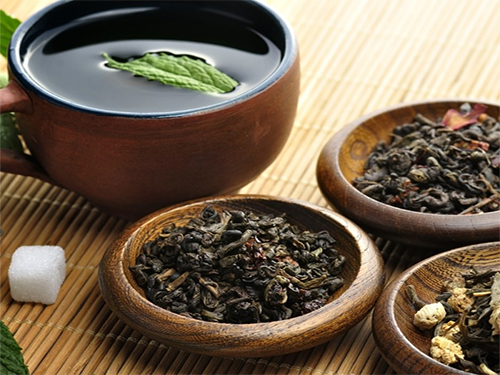
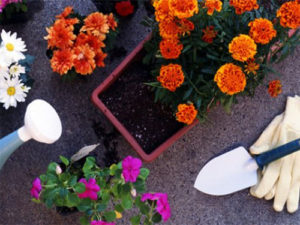
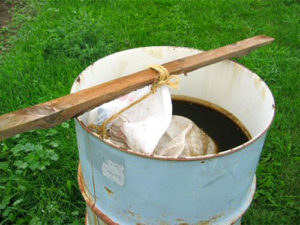
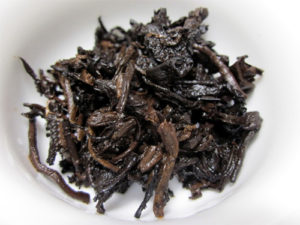
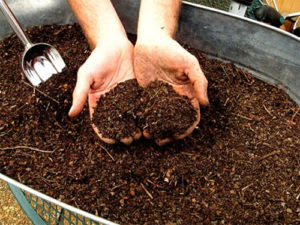
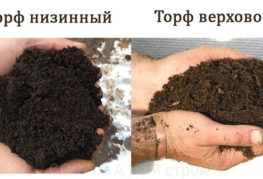
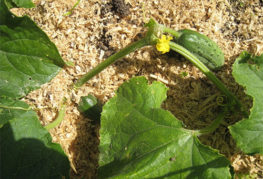
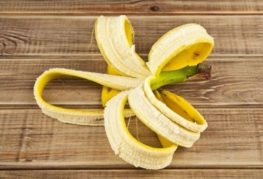
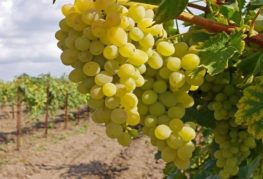
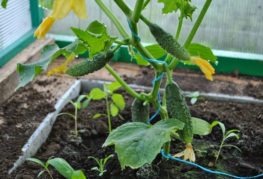
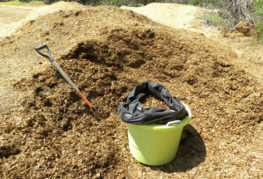
After reading about the beneficial properties of tea leaves for plants, I also decided to try feeding them in this way. And a couple of weeks after this fertilization, I noticed that my flowers were transformed. Even those that looked bad from the lack of lighting came to life before our eyes. I drink tea mostly green, but as it turned out, there are no less useful substances in it than in black. I water the flowers with the rest of the tea, but I don't add tea leaves to the pots. Otherwise, in fact, midges may start in the apartment. In addition, once every couple of months, I fertilize indoor flowers with universal feeding.
Tea brewing is indeed a very effective and inexpensive fertilizer. On a garden bed in open ground, I smooth out the tea leaves between the flowers, and then water. But in the house I do not put tea leaves in flower pots, but water them with the rest of the tea. The effect is evident in the beds and in pots. My flowers are always beautiful, healthy, sometimes they even say that they fatten me up.
They say the Decembrist loves watering with tea leaves I do not know if this is true or not.
I put the used tea leaves in a pot, but my flowers are NOT in small pots, but in large ones, and I have flowers too. Ficuses, monsters, large cacti such as apuntia. In general, I'm not complaining. All is well, and the land from our own garden is black earth.
Please tell me how much tea is needed for a medium pot, thanks